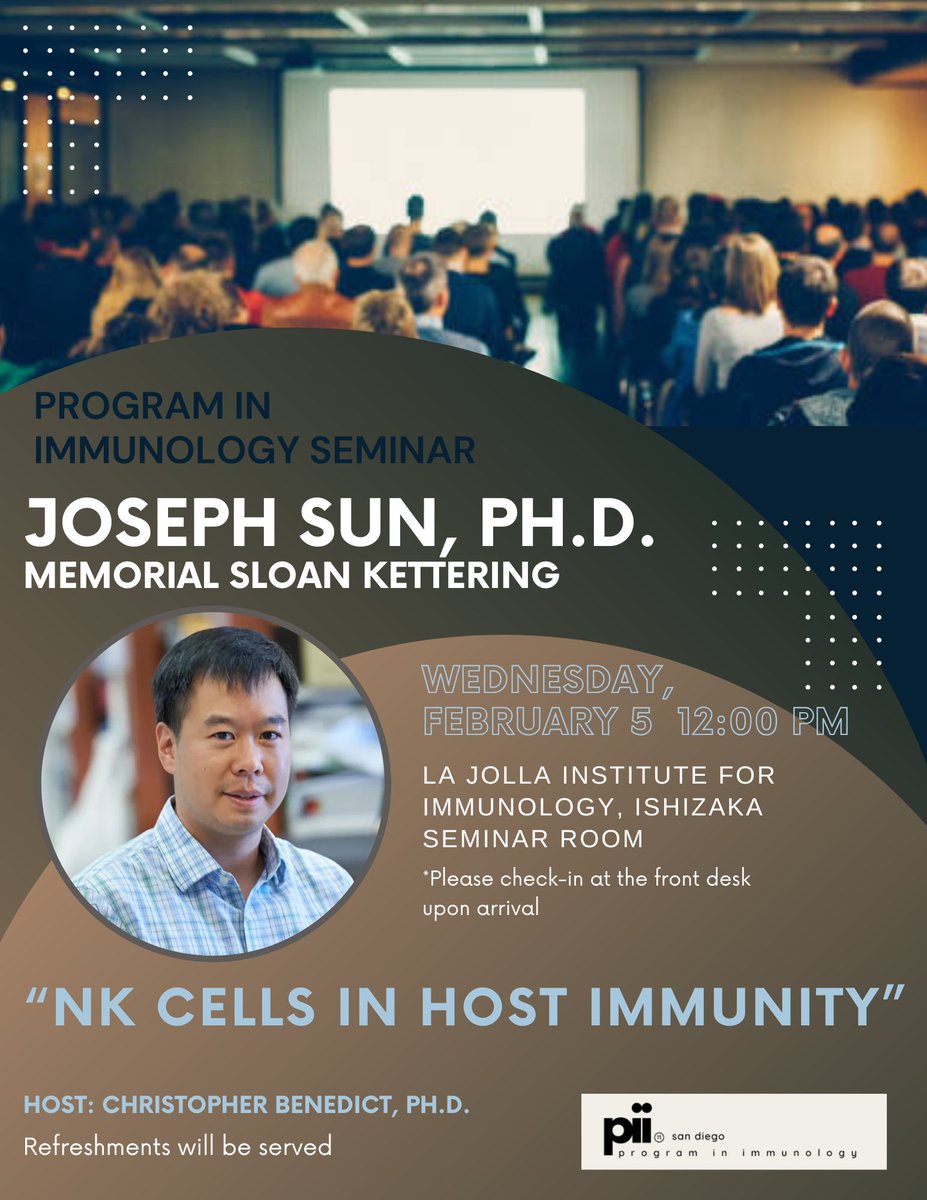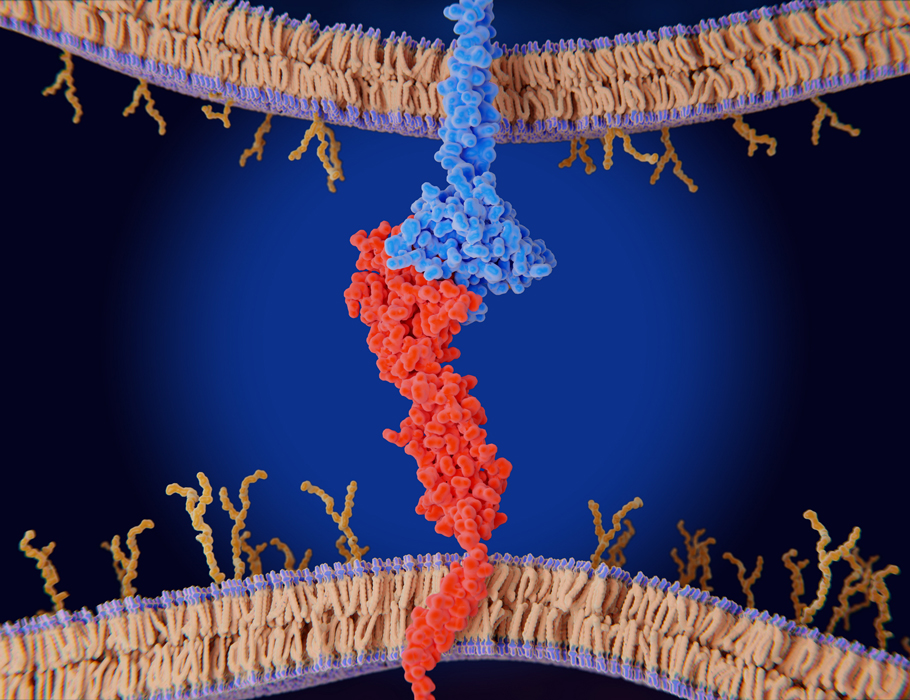
Enfu Hui
@hui_enfu
Associate Professor @UCSanDiego @ucsdbiosciences Biologist, husband, dad, nerd 🤓, and 🎾 fan.
ID: 3404081445
https://www.huilab-ucsd.org/ 05-08-2015 12:33:56
408 Tweet
494 Followers
442 Following

Excited to share our work Cell Metabolism: What happens when sick neurons dump fat to glia? We saw it by eye using Lingyan Shi 🔬 authors.elsevier.com/a/1izph5WXUlWj… Congratulations to all the authors and our wonderful collaborators!🙌

Collaborating with Dr. Xu Chen Xu Chen, PhD Dr. Yajuan Li, MD PhD imaged brain microglial lipid droplets accumulation under tauopathy condition with DO-SRS, which is further proof that newly synthesized lipid droplets plays an important role in brain cell energetics, echoing


The Program in Immunology congratulates Professors Sue Kaech Kaechlab (Sue Kaech) and Steve Hedrick on their election to the National Academy of Sciences! nasonline.org/news-and-multi… Salk Institute UCSD BioSciences


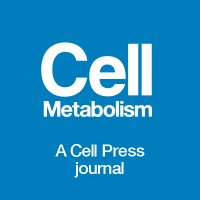


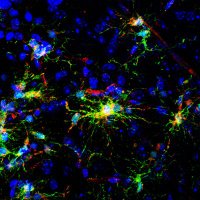
Excited to share our work, new in Science Magazine: science.org/doi/10.1126/sc…. We explored how sex chromosomes, gonadal hormones, and their interaction shape cellular responses in aging and #Alzheimers mouse models. This led to key insights on Tlr7 and neurodegeneration 🧵(1/5)

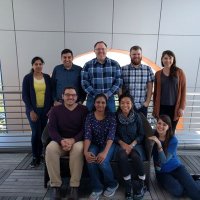

Today in Science Immunology: Much of our knowledge of PD-1, a leading cancer target, comes from studies in mice. UC San Diego researchers found that PD-1 in mice is much weaker than the human version, providing new information for future cancer treatments. go.ucsd.edu/40ihXix
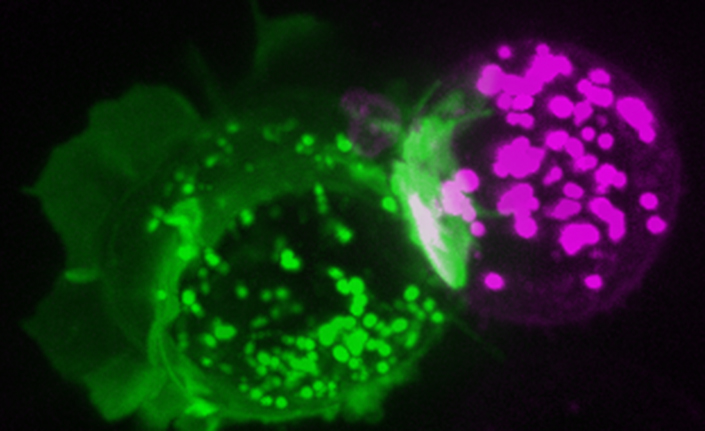
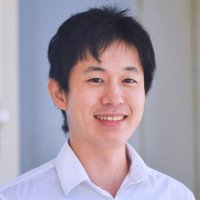
Excited to share our latest paper describing the functional divergence of PD-1 across species. Thank you for Enfu Hui for the invaluable guidance, and Jack Bui Zhengting Zou ChuanWu_Lab et al. for wonderful collaboration! science.org/doi/epdf/10.11… today.ucsd.edu/story/scientis….
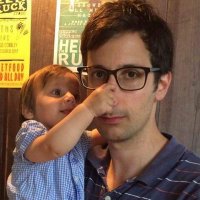
Our work by Anna Huhn Anna Huhn is now published Nature Communications ! nature.com/articles/s4146… We show that the antigen contributes to the overall reach of the antibody, and that this molecular reach determines antibody function. Thank you to the reviewers for constructive feedback!
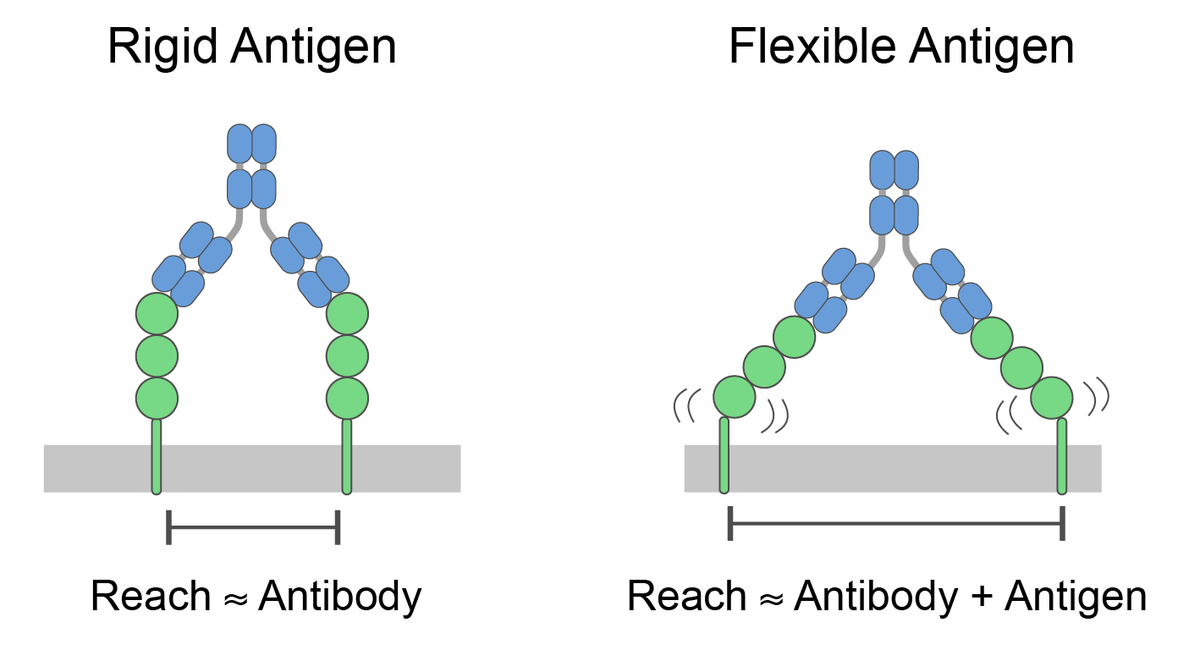
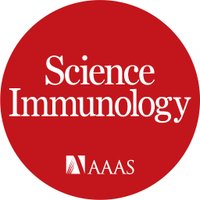


The Program in Immunology welcomes Dr. Joseph Sun Joseph Sun Lab from Memorial Sloan Kettering Cancer Center and Weill Cornell Medicine. Please join us for his seminar on Wednesday February 5!
